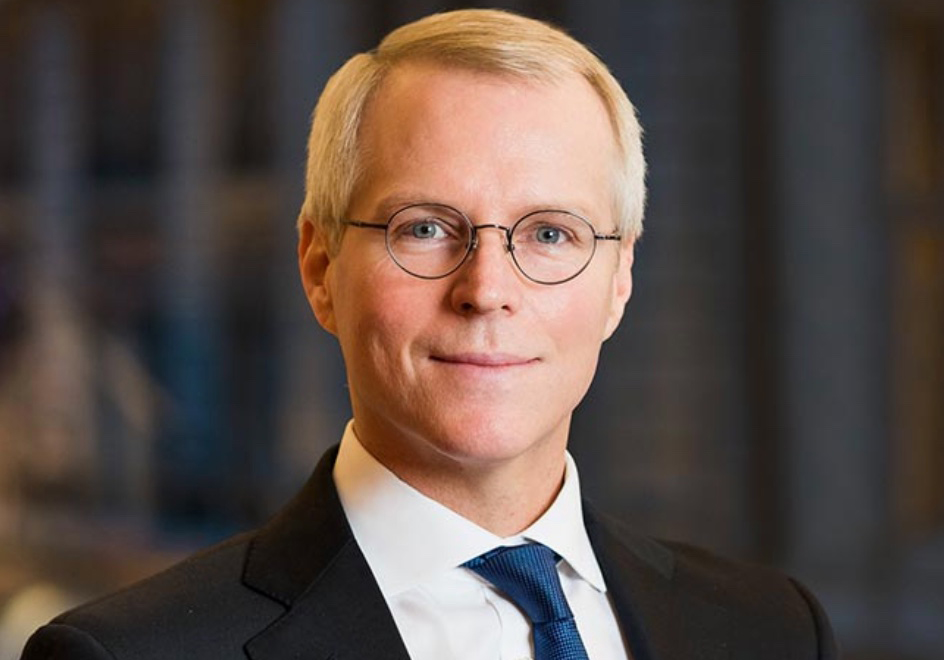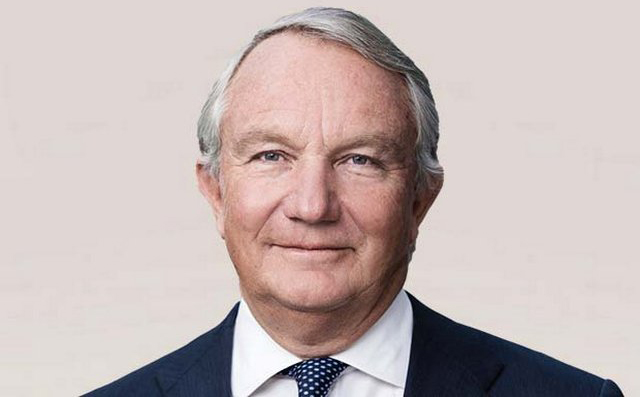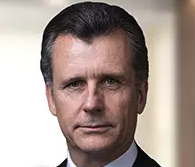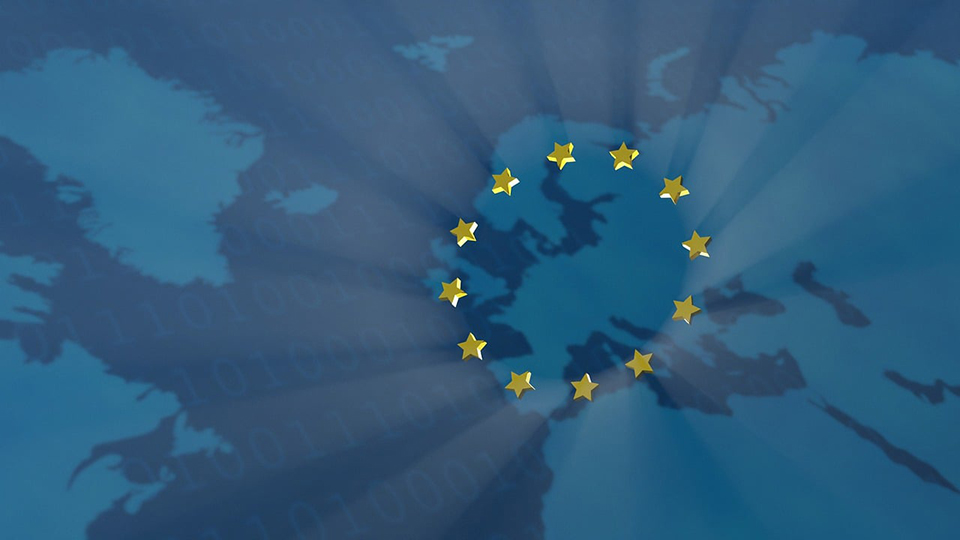Amid escalating US uncertainty, an empowered China and accelerating global fragmentation, Europe finds itself in a rare and urgent position. The transatlantic power balance is no longer assured. The dollar is no longer unassailable. Is it time for the EU to step up and take its place on the world stage?
Contrary to the historical narrative that European markets lag behind due to shallow liquidity or smaller capitalisation, Europe’s fixed income and equity markets are now deep and functioning. According to data from the International Capital Market Association (ICMA), European bond-market capitalisation now stands at more than €30 trillion, and the EU’s debt issuance, particularly post-Covid, has grown in volume and investor confidence.
In 2024, euro-area sovereign bond issuance exceeded €1.2 trillion, a figure that rivals US issuance on a relative basis. The European Investment Bank (EIB) and the European Stability Mechanism (ESM) have enhanced the market’s infrastructure and depth, yet Europe still lacks the singular benchmark status of the US Treasury market.
The US uncertainty premium
Philipp Hildebrand, vice-chairman of BlackRock, stressed this opportunity at the ICMA AGM and Conference in Frankfurt in June. “The conditions are there,” he says. “The liquidity is there. The capitalisation is there. What is lacking is the strategic intent.”
US political uncertainty has become a key variable in global market pricing. Charles Myers, chairman of Signum Global Advisors, lays it out clearly, saying: “After Trump was elected, the equity market jumped. But now markets are facing the reality of what another Trump term might mean.
“Markets are now more realistic. They’re pricing in the chaos.”
That chaos includes potential trade wars, destabilising fiscal policies and open hostility to multilateral frameworks. In short, uncertainty is being priced into US assets – particularly long-duration debt – and investors are searching for havens.
But US Treasuries are no longer the safe haven they once were. The bid-to-cover ratio on recent 10-year Treasury offerings fell below 2.2, compared with an historical average closer to 2.5, and indirect foreign bids have declined. “If the Trump administration triggers more market anxiety, investors may start pulling away,” Myers warns. “That’s when the cracks show.”
April 2025 marked another significant change in the bond markets: the breaking of the correlation between Treasury markets and the dollar. To some, this could indicate a reset in how investors are viewing global opportunities.
Europe as a safe haven
Europe could become the ballast in this volatile system. The eurozone’s relative predictability is becoming an asset. “As a European bank strongly anchored in the euro, I’m actually quite excited,” says Marie-Claire Ouziel, global head of bonds at Commerzbank. “Maybe we shouldn’t say it so loud, but I think Mr Trump is playing in our direction.”
Compared with the US, where fiscal policy is increasingly weaponised, Europe’s more consensual and rules-based economic governance emerges as a strength. If Europe can offer continuity, it can attract capital.
European Central Bank (ECB) policy has been increasingly transparent and responsive. While the US Fed has struggled with political interference, the ECB has maintained independence. That matters, particularly in today’s environment, where investors are looking for macro stability as well as yield.

The Trump 1.0 put was the S&P 500; the Trump 2.0 put is the 10-year Treasury
Charles Myers, Signum Global Advisors
“A lot of investors have been traditionally overweight in the US,” points out Alexander Wynaendts, chairman of the supervisory board at Deutsche Bank. “At the start of 2011, the allocation of European investors was 15%, today it’s 35%. But now, there is a question mark over that.”
The dollar is weakening against the euro. Europe is increasing its defence spending in a move that could revive the economy. As BlackRock’s Hildebrand points out, the EU has an estimated €10 trillion in deposits and savings that could potentially move from the private to the public sector. Could this be a pivotal moment for Europe?
Ouziel at Commerzbank says: “The EU is doing a lot to become a stronger sovereign. They are building the repo market. They are increasing secondary liquidity. They are kicking in with futures, which will be a great tool. I also think we’re finally seeing more homogenisation of Europe. Everyone is excited about this massive spree of spending.”
Bond markets as barometers
“The Trump 1.0 put was the S&P 500; the Trump 2.0 put is the 10-year Treasury,” warns Signum Global’s Myers. In 2018, equity markets panicked and Trump changed course. In 2024, it is the bond market that could force his hand. Yields on the 10-year Treasury hovered at 4.5% before investors started sweating. At 5%, they panic. Beyond that? “The administration makes a U-turn,” Myers observes.
Bond markets are now the risk managers of last resort in US policy. The focus in Washington has narrowed dangerously. “They are obsessed with the 10-year,” Myers adds.
The rise in US yields has ripple effects. “For the first time in years, the bond market is dictating policy in real time,” says one panellist, speaking at the ICMA conference on the global evolution of bonds. “That should worry all of us.”

When we scream about a 10% tariff from the US, that’s pretty small in comparison
Alexander Wynaendts, Deutsche Bank
And Europe has already benefitted. According to Bernard Frenay, CEO of European markets and ESG at Euroclear, the volatility in the first quarter of 2025 led to an “enormous growth” in bond issuance, estimated at around 20% more than in the first quarter of the previous year. “We are seeing global investors moving to Europe, and US companies stepping into the euro market – because of the rate differential, the accessibility of the market and the strong infrastructure,” he says. “The European bond market is becoming more global.”
Reverse Yankee volume (US firms issuing in euros) also grew sharply in 2025. By May, Reverse Yankee deals reached a record €83 billion, up 35% year-on-year, according to Bloomberg data, and the highest year-to-date volume on record, with issuers such as McDonald’s, AT&T, Alphabet, Pfizer, Visa and Morgan Stanley all bringing dual-tranche transactions to market, representing almost 14% of total euro corporate issuance.
Where is Europe’s safe asset?
If the EU wants to capitalise on its comparative calm, it needs a vehicle for global capital to park. “The absence of a pan-European safe and liquid asset is a massive handicap,” says Hildebrand. “It’s the missing piece.”
Since the 2008 financial crisis, EU GDP per capita has grown annually 50 basis points less than the US, largely due to lower innovation and higher reliance on tangible capital. The US holds 70% of the MSCI World Index, attracting more investments. Hildebrand is among those urging for a common European safe and liquid asset, such as tranche bonds or the EU Safe (Security Action for Europe) Programme, which utilises EU bonds to fund up to €150 billion in loans to member states for defence procurements. These initiatives aim to mobilise upwards of €10 trillion in European bank deposits, foster financial stability and support innovation.

We’ve been handed an opportunity. Whether we take it is up to us
Philipp Hildebrand, BlackRock
But this endeavour will demand “sound infrastructure, political will and possibly treaty amendments”, Hildebrand notes. The critical steps involve developing an asset with specific properties, which he outlined as needing “scalability with predictable issuance programs”, being “very low risk”, not negatively impacting the individual credit worthiness of any country and, crucially, incentivising fiscal responsibility.
While the EU has made strides with its post-pandemic recovery fund and common bond issuance, it is still far from offering the scale, consistency and perceived safety of US Treasuries. With Germany resisting deeper fiscal integration, the political challenge is real. But the market case is there to create a deep and liquid Capital Markets Union (CMU) anchored by a mutualised European safe and liquid asset.
“Investors don’t want 27 different credits,” says Hildebrand. “They want a benchmark. They want scale.”
Capital flows are moving
Inflows to euro-denominated assets have quietly risen during the past 18 months. European corporate bond issuance hit a record €450 billion in 2024, with foreign participation steadily climbing.
Investors are already adjusting allocations. According to Bloomberg, eurozone-denominated investment-grade debt saw a 12% increase in allocation from global insurers and pension funds in Q1 2025 alone.
“There’s a wall of capital looking for a home,” says one speaker at ICMA. “And Europe is next in line – if we don’t fumble it.”
But without infrastructure – liquid safe assets, a harmonised rulebook, deeper capital markets – Europe risks missing its moment. “We want to buy, but we can’t if there’s no anchor asset,” says Ingo Mainert, CIO of multi asset core at Allianz Global Investors.
Building the CMU
To truly seize the moment, the CMU must evolve from concept to reality. That means faster harmonisation of securities laws, a single listing regime and pan-European post-trade services.
Recent moves toward a pan-European consolidated tape, the ECB’s push for a digital euro and harmonised ESG reporting standards all point in the right direction. But implementation remains slow and fragmented.
A recent IMF report suggested that the equivalent of the fragmentation, the stickiness of the rules and the complexity of all documentation in the EU represents a 44% tariff on goods and 110% for services. “When we scream about a 10% tariff from the US, that’s pretty small in comparison,” notes Deutsche’s Wynaendts.
“It’s the domestic individual laws, regulation, tax, insolvency laws, that are holding us back,” adds Fabio Lisanti, head of markets, Europe at Citi. “If I were king for a day, I would have a common law, common tax, common regulatory environment, and then progress could be made.”
A strategic imperative
Europe has the capital, the liquidity and the institutional credibility. What it lacks is the courage to act like a single market.
“The time window is now, and the chances are as high as maybe never before,” warns Mainert at Allianz.
“We’ve been handed an opportunity,” concludes Hildebrand. “Whether we take it is up to us.”




